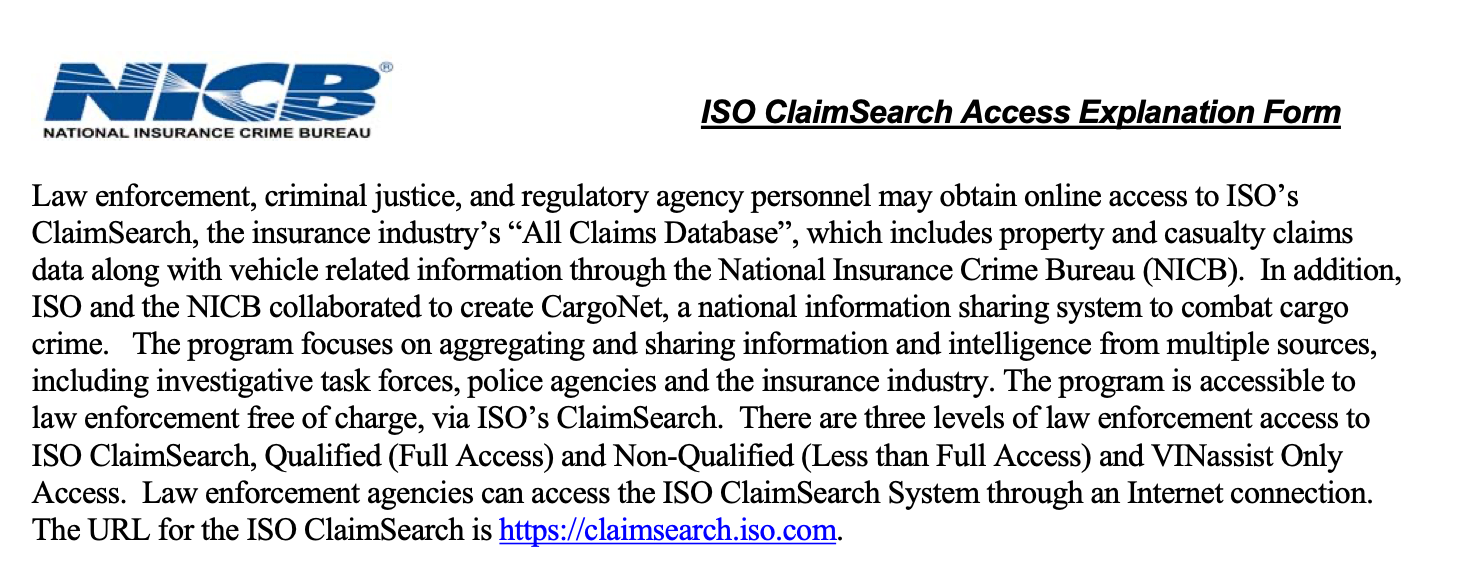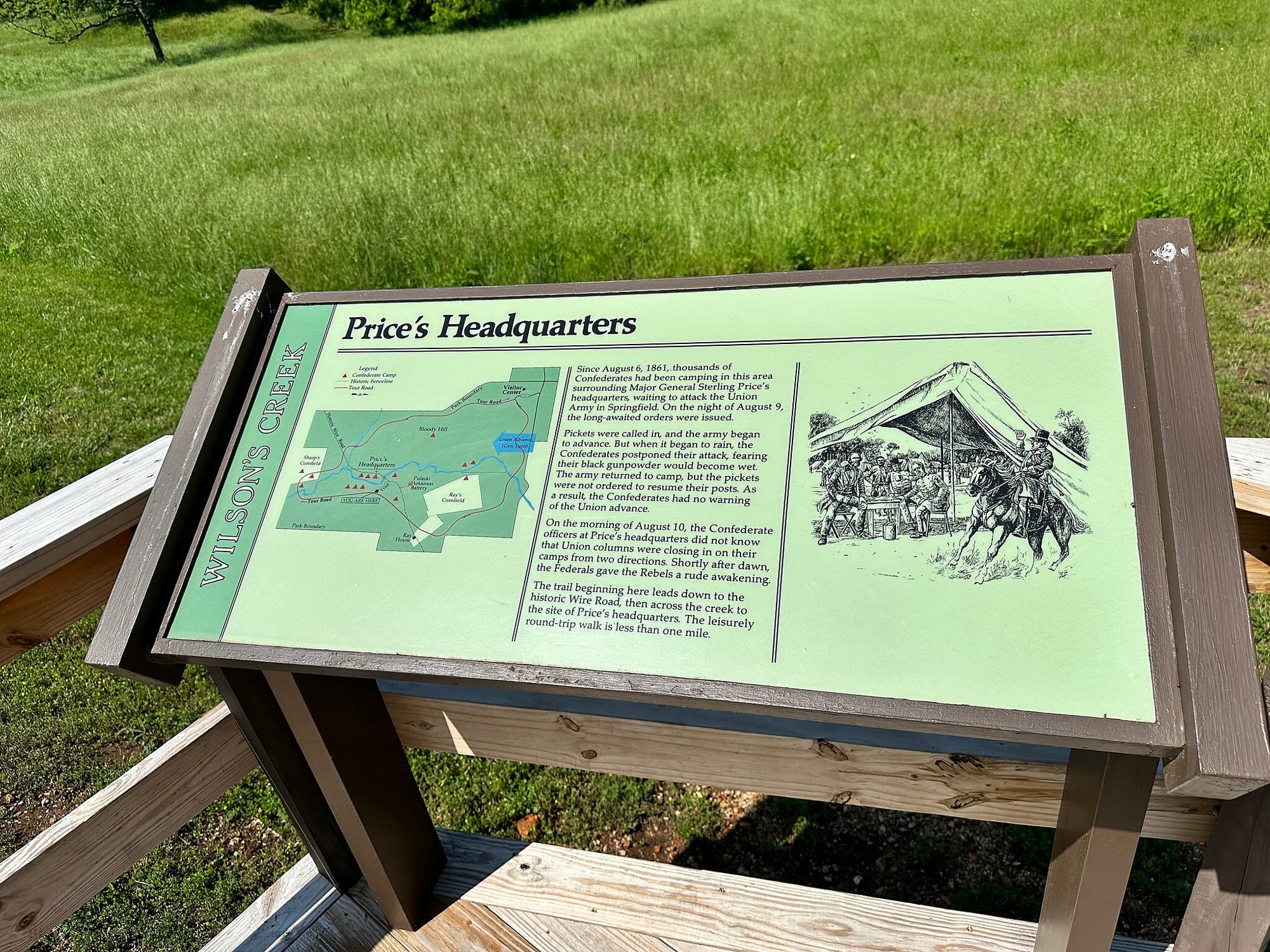
Agents from Immigration and Customs Enforcement (ICE) have gained access to a massive database of health and car insurance claims and are using it to track down people they want to deport, according to internal ICE material viewed by 404 Media. The database, which contains details on more than 1.8 billion insurance claims and 58 million medical bills and growing, includes peoples’ names, addresses, telephone and tax identification numbers, license plates, and other sensitive personal information.
The news shows how ICE continues to try to leverage whatever data it is able to access or purchase as part of its deportation mission. The news also highlights the existence of the database, called ISO ClaimSearch, that many members of the public have likely never heard of, nor understand they may be included in. Traditionally ISO ClaimSearch is used by insurers to identify people committing fraud or police to recover stolen vehicles. Now, that database is being repurposed as a deportation tool.
“ICE ERO use of this data reaffirms that ICE will stop at nothing to build a mass surveillance dragnet to track, surveil and criminalize all community members. Time and time again, ICE has shown us that it intends to build a mass surveillance system that nets all Americans. It is not about combatting crime, this is about the federal government having surveillance power and control over all Americans,” Julie Mao, co-founder and deputy director of Just Futures Law, told 404 Media in an email.
“Law enforcement, criminal justice, and regulatory agency personnel may obtain online access to ISO’s ClaimSearch, the insurance industry’s ‘All Claims Database’, which includes property and casualty claims data along with vehicle related information,” a document explaining the tool available online reads.
The internal ICE material seen by 404 Media says that officers from the agency’s Enforcement and Removal Operations (ERO) section can use ISO ClaimSearch to help find targets. ERO is the section of ICE focused on deportations. The material says ISO ClaimSearch includes data on vehicle and health insurance claims.
The ISO in the tool’s name stands for Insurance Services Office, an insurance rating organization formed in the 1970s which is now a subsidiary of a company called Verisk. The database is nearly all encompassing, covering 98 percent of the insurance industry’s claims, according to an overview published by government authorities in Florida.
In essence, insurance companies feed claims into ISO ClaimSearch so when they do investigate fraud they can see more potentially related claims at once. “Insurance companies can become a member of ISO and they can send claims information to ISO to check whether similar claims have been filed with other insurance companies,” one description available online reads.
The document explaining the tool says that law enforcement agencies need to either be investigating insurance-related crime, or be developing background information on a list of people “who have been identified as persons of interest with regard to homeland security activity.”
“‘Qualified’ law enforcement agencies will be able to see all information the ISO ClaimSearch database contains pertaining to vehicles, casualty claims, and property claims, including individual names, addresses,” the document says. It then says law enforcement agencies can also view driver license, Social Security, phone, and policy or claim numbers. The data also includes peoples’ tax identification numbers, their vehicle identification number (VIN), and license plate, the document says. Users are able to search the massive amount of data with some of those identifiers.
Law enforcement users have to be approved by the National Insurance Crime Bureau (NICB), according to ISO ClaimSearch’s website. The NICB is a not-for-profit organization whose members include more than 1,200 property-casualty insurance companies, according to its website.
404 Media obtained a copy of a report generated with ISO ClaimSearch from a private industry source. It is not clear if it presents the same sort of results that an ICE agent would see when using the tool, but the report included a detailed history of insurance claims related to specific vehicles, names, phone numbers, license plates, and redacted driver license, Social Security, and tax numbers and email addresses.
“ClaimSearch is a property/casualty claims database that helps clients identify patterns that may indicate insurance fraud. ClaimSearch is used to aid in insurance fraud investigations, so insurers can determine if claims can be fast-tracked or if they require a closer look for potential fraud. ClaimSearch does not track immigration or citizenship status, and neither DHS nor ICE are clients of Verisk for ClaimSearch,” a spokesperson for Verisk, the company that owns the database, told 404 Media in a statement. When pressed on whether ICE may have obtained access to the data through another provider, the spokesperson reiterated that law enforcement access is administered through the NICB.
A spokesperson for the NICB told 404 Media “The National Insurance Crime Bureau is a national, century-old, not-for-profit organization supported by approximately 1,200 property and casualty insurance companies. We sit at the intersection of the insurance industry and state, local, and federal law enforcement to help detect, prevent, and deter insurance crimes. While NICB provides value to our member companies, we also serve a significant public benefit by helping to stem the estimated billions of dollars in economic harm that insurance crime causes to individual policyholders across the country every year. NICB employees work closely with law enforcement entities, government agencies, and prosecutors throughout the country to fulfill its mission.” The spokesperson did not deny that ICE has access to the tool.
A video published to Verisk’s YouTube channel explains some of ISO ClaimSearch’s various uses. One is to feed claims through the Medicare system to ensure that each reported loss is paid for by the right party (a second video says Verisk facilitates claim settlements between insurance carriers and injured parties); another is to allow law enforcement to recover stolen construction or farming vehicles and return them to their owners; a third is to help states recover unpaid child support on behalf of families.

Broadly the tool is “used for fraud prevention and detection,” Igor Ostrovskiy, a private investigator with Ostro Intelligence, told 404 Media. “ISO is a very important tool within the insurance world,” one insurance company said in an industry podcast uploaded to YouTube last year.
That data is now being leveraged to find ICE’s targets, according to the internal agency material.
“This is another, shocking example of mass data collection ostensibly collected for one purpose misconstrued and misappropriated for a far more nefarious purpose—to conduct mass surveillance and criminalize community members,” Mao added.
ICE has repeatedly turned to novel, overlooked, or non-government databases, sometimes despite legal issues. The agency previously bought access to smartphone location data harvested from ordinary apps. A 2023 government watchdog report found that ICE and other agencies used that data illegally. The report recommended ICE stop using such data until it obtained the necessary approvals, which ICE refused to do.

In 2021 researchers at Georgetown Law found ICE accessed a private utility database with hundreds of millions of records, containing data from more than 80 utility companies, including water, electricity, and gas. Thomson Reuters, which runs the database called CLEAR, said it was reviewing its work selling personal data that ICE had used to investigate immigrants, The Washington Post reported in 2022. That, too, is usually marketed as a tool for investigating fraud.
Last month 404 Media revealed ICE was using a new facial recognition app to identify people in the field. That tool, called Mobile Fortify, uses the Customs and Border Protection (CBP) system which ordinarily takes photos of people as they enter or exit the U.S.
404 Media was also first to reveal that Palantir had entered a contract with ICE for “complete target analysis of known populations.” Leaked Palantir material then described Palantir as a “more mature partner to ICE.”
Included in last week’s budget bill is around $150 billion for immigration enforcement and border security. That includes $6 billion for border technology and surveillance.
Stephen Miller, the White House deputy chief of staff, and Kristi Noem, the head of the Department of Homeland Security (DHS), recently gave ICE a quota of 3,000 arrests a day. After the increase in funding last week, border czar Tom Homan floated that the agency needs to arrest 7,000 a day.
Neither ICE or DHS more broadly responded to requests for comment.






